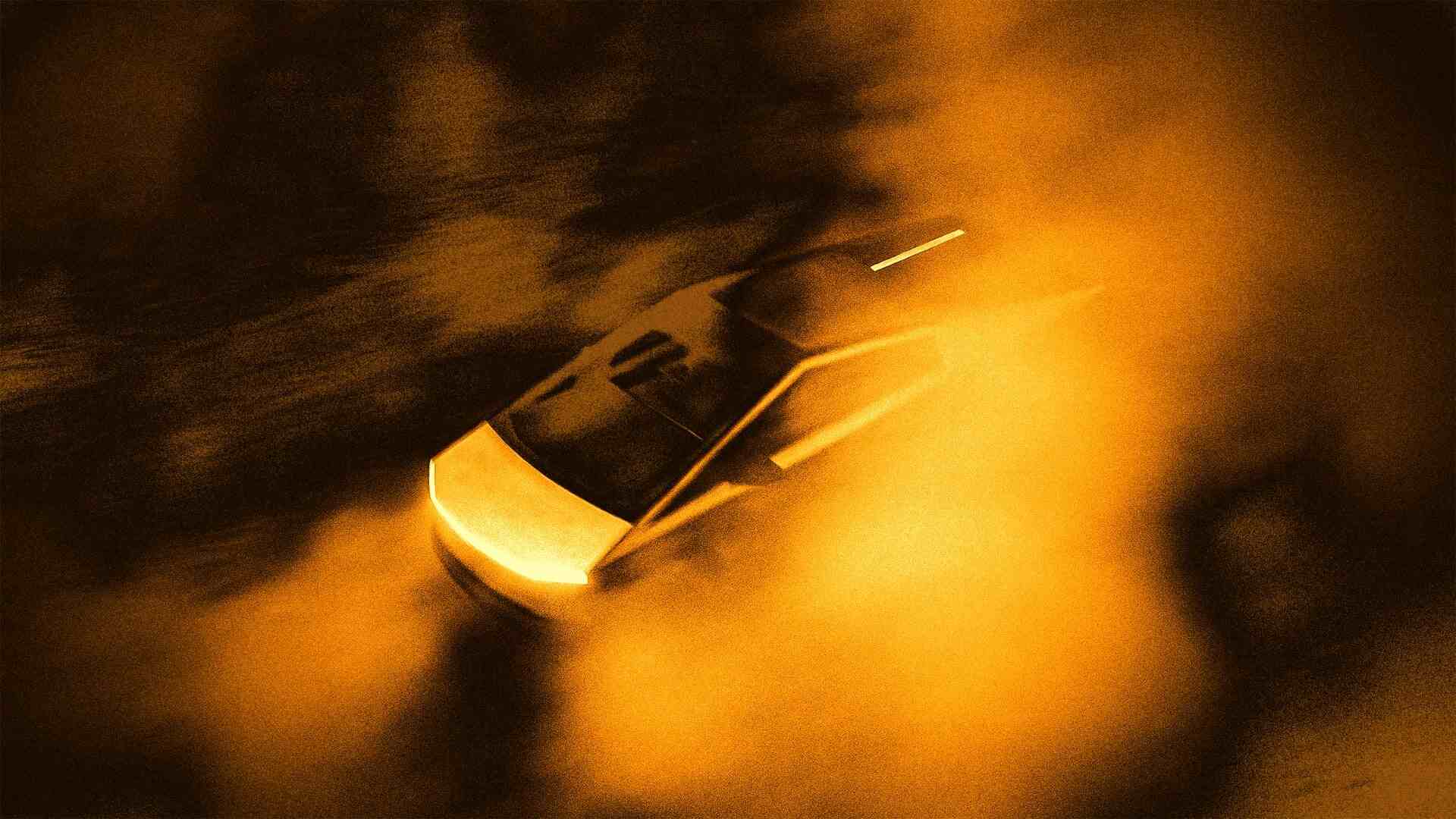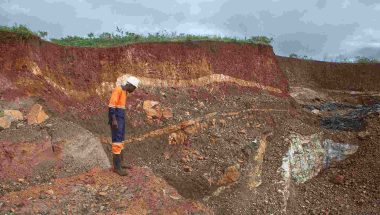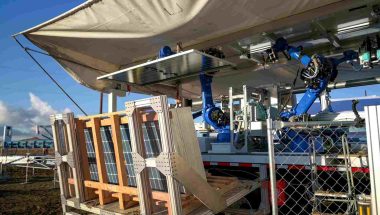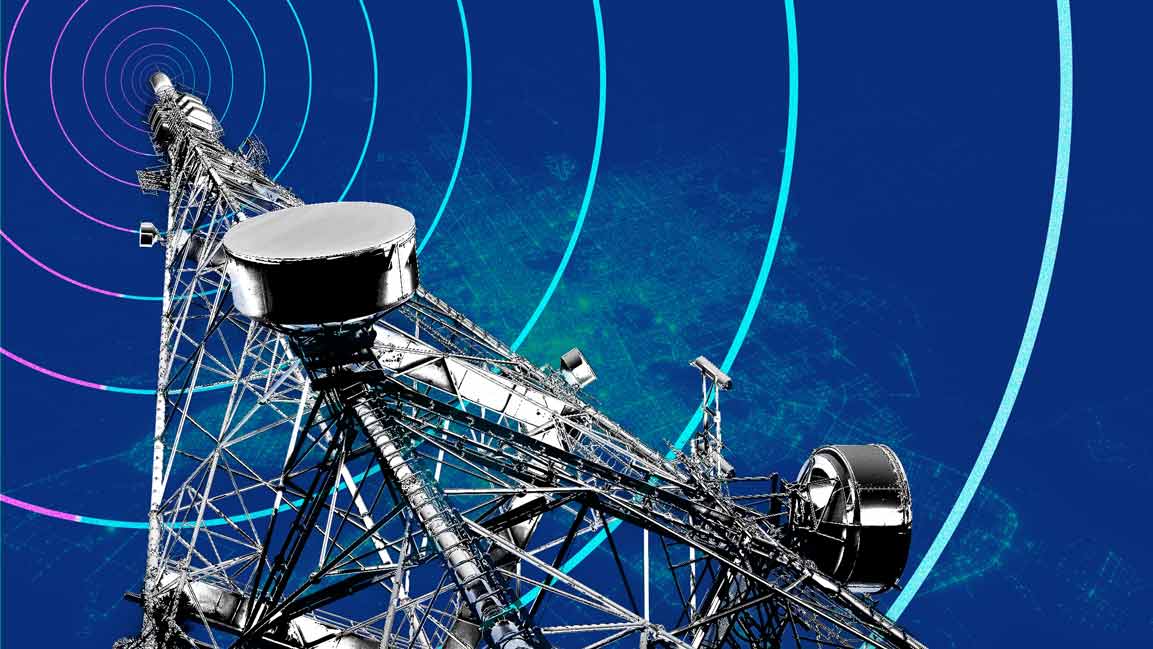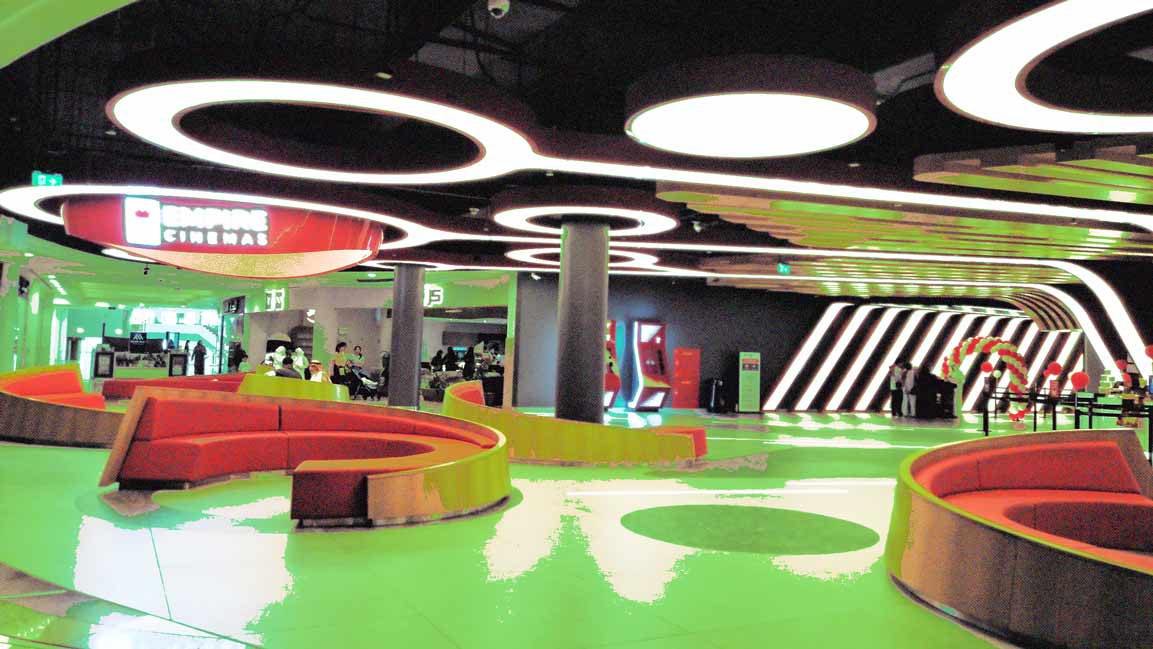- | 3:00 pm
Sony’s new space camera will help you feel like an astronaut
Sony’s Star Sphere service will allow people to control a satellite and take photos of its orbit without leaving home.
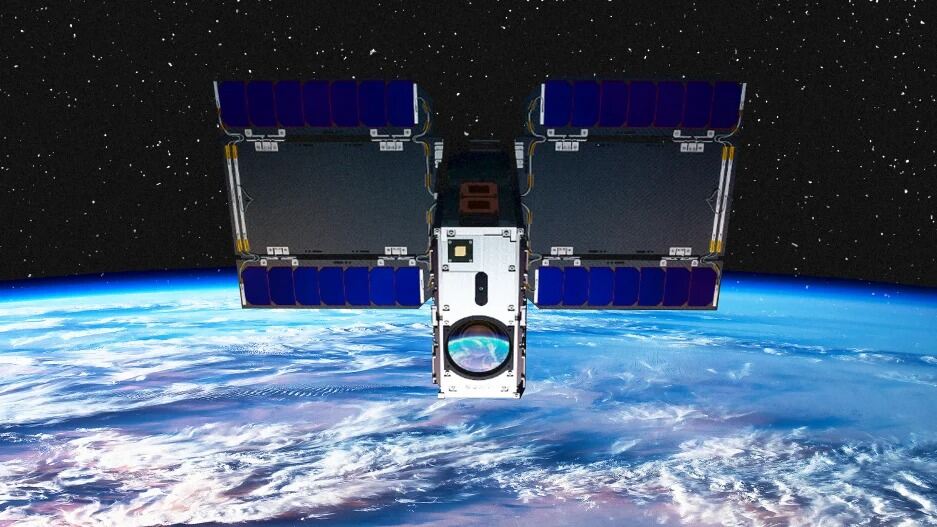
I wanted to be an astronaut for as long as I can remember. Not so much for the thrill of strapping myself to a rocket loaded with millions of pounds of explosive fuel—ok, that too—but for the awe of looking at Earth for hours, contemplating our very existence in this “vast cosmic arena.” Sony’s new Star Sphere project makes the latter possible, thanks to a partnership with the University of Tokyo and the Japan Aerospace Exploration Agency (JAXA) to design, build, and launch a satellite that people can control from their phones and computers down here on Earth.
This satellite—which will orbit Earth at an altitude of between 310 and 372 miles—will be loaded with serious photography gear made by Sony: a full-frame sensor and a 28-135mm f/4 lens. There’s no information about the sensor itself, but you can assume that it will be the very best they have in their current professional cameras, at least judging by the size of the mock printed examples they share in their project presentation video.
This space camera will be connected to a ground station with the necessary equipment and software to allow anyone to control the satellite and its photography settings (like the shutter speed, ISO, or aperture) in real time for a brief stint. “When the satellite passes over a ground antenna,” Sony explains, “users will be able to operate it directly for around five to eight minutes while checking live images from the actual onboard camera, allowing them to experience a real-time connection with space.” Then, you will receive your images, which will be free to use in any way you want, like printing out a giant photo to hang in your living room.
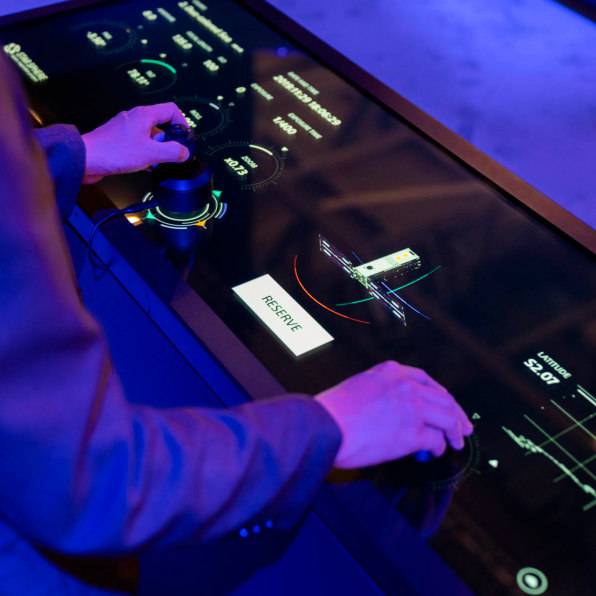
And that’s precisely what will make this project so special—in some ways, it will feel like actually being in space. While you can already see the high definition video feed from the ISS, putting you at the helm of a satellite and its photo gear is as close as most will get to being an astronaut in the ISS Cupola, DSLR camera in hand, looking for your favorite spots to shoot.
Sony says the system will not be complicated to use. It even comes with a tool that allows you to simulate and plan your shots before you take the control: “The shooting simulator will enable intuitive execution of tasks such as operating the space camera, setting up shooting sequence, and reserving shooting sessions, making it easy to plan shots of the Earth, star-filled skies, and other diverse subjects.” It could become the ultimate technology upgrade for your phone, but more than that, getting lost in the view of our home planet from afar could be a spiritual and philosophical upgrade for yourself. The Japanese agency says it also wants to turn its Star Sphere into an art hub, working with artists and creators who will serve as guides to the general public.
But Star Sphere could be the beginning of something even bigger that can fundamentally change the way we interact with technology and the world around us. Until now, for most humans, telepresence has been limited to boring and mundane things, like video communication. But Star Sphere clearly shows the possibility of moving more of our hardware experience out into the world.
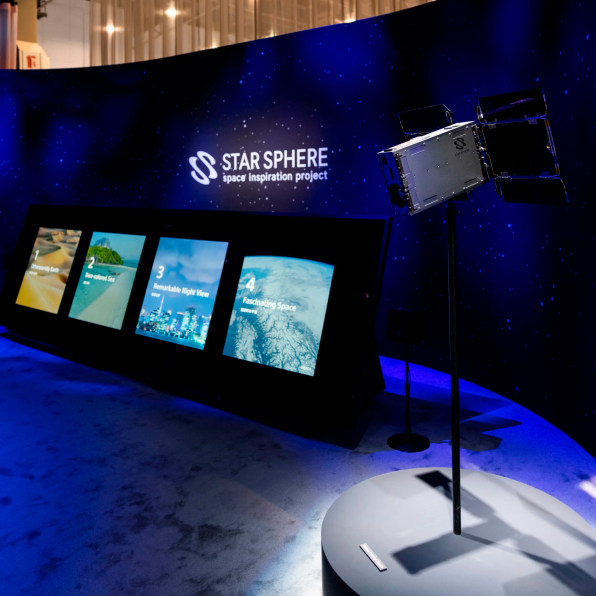
Why limit this to one satellite? And why limit it to an orbit while we can have other services, like oceanic explorers and flying or walking drones that operate in remote locations, from frozen desserts to fiery active volcanoes? It seems like a perfect way to explore the world—and a great way to cut down on the hoards of tourists who travel just to take a selfie.











